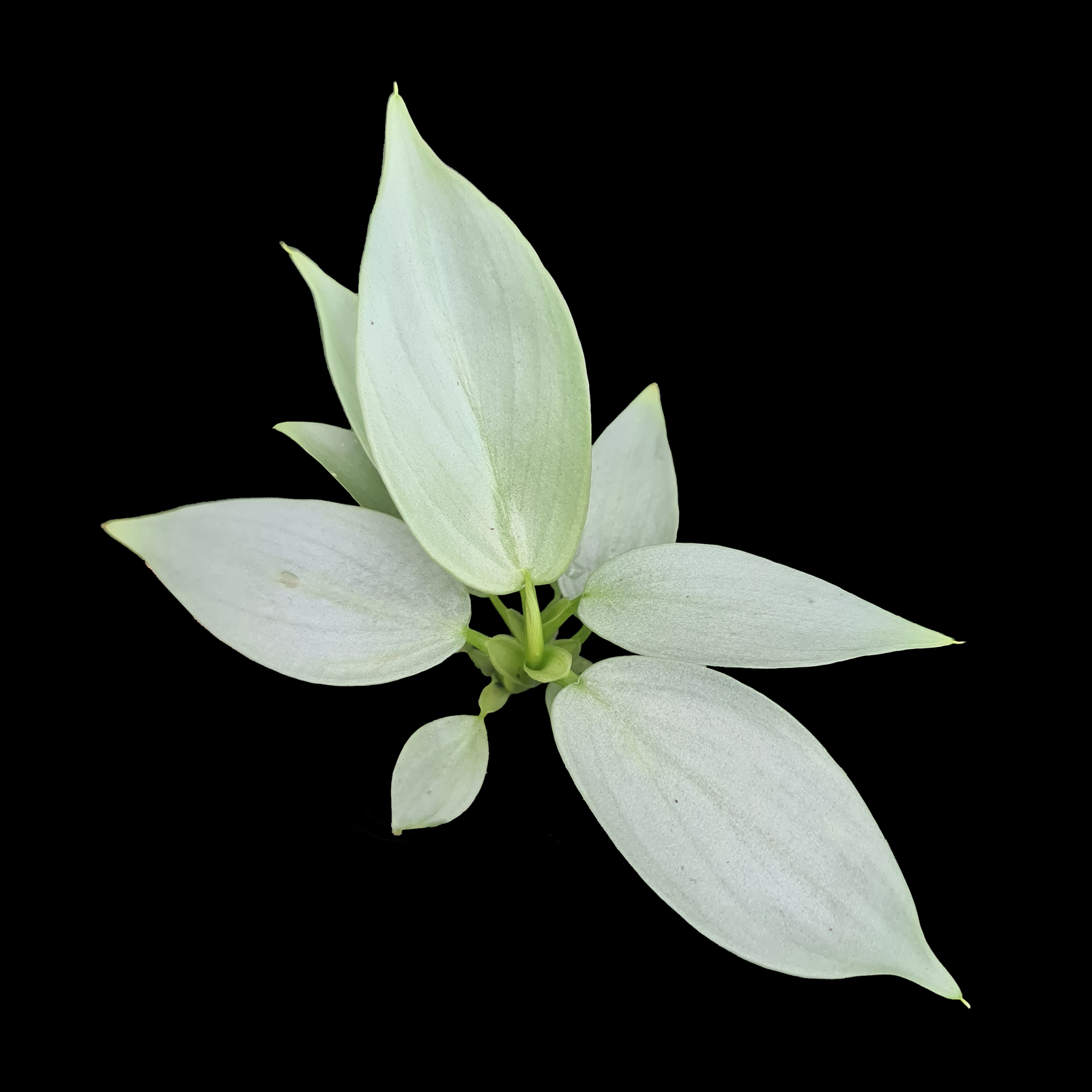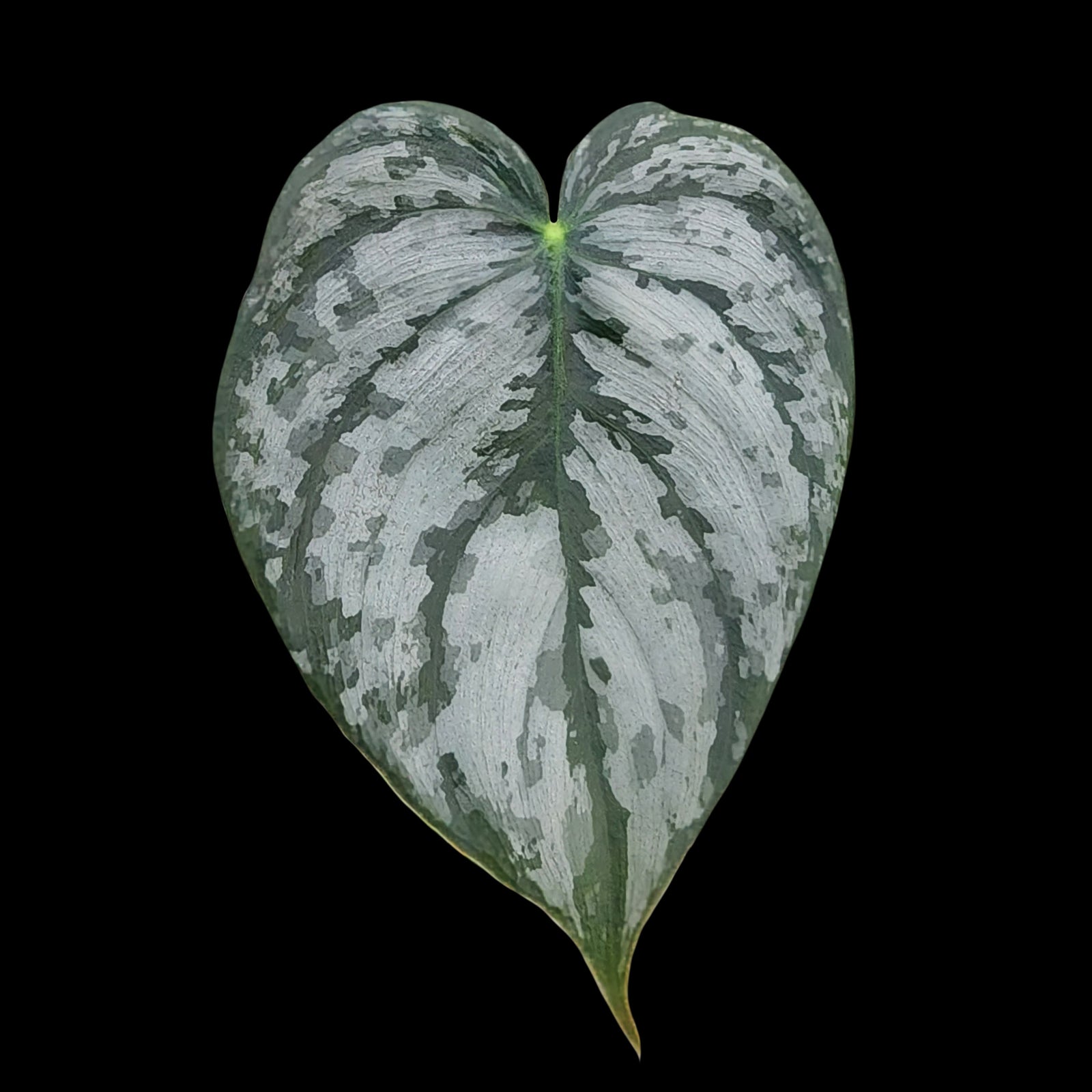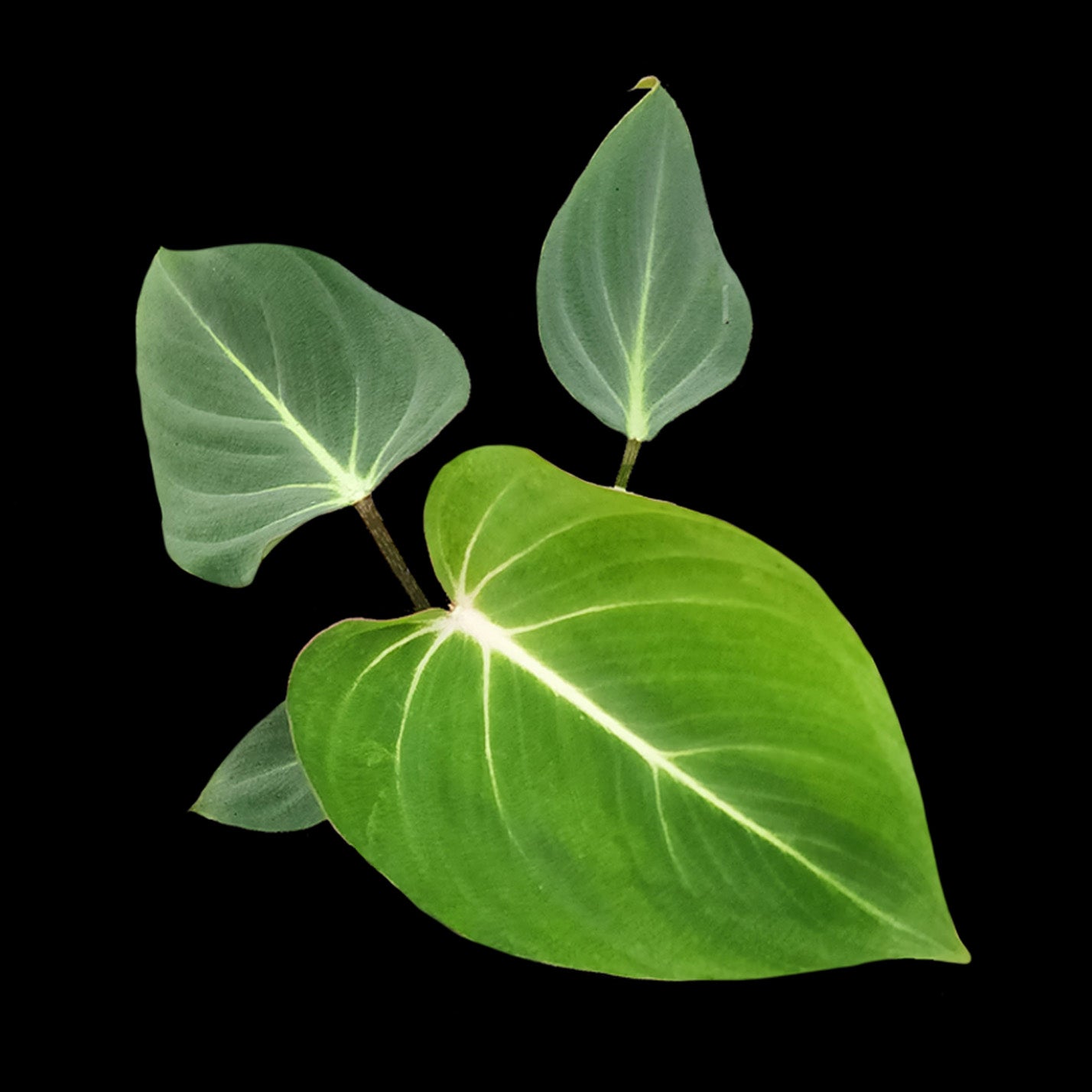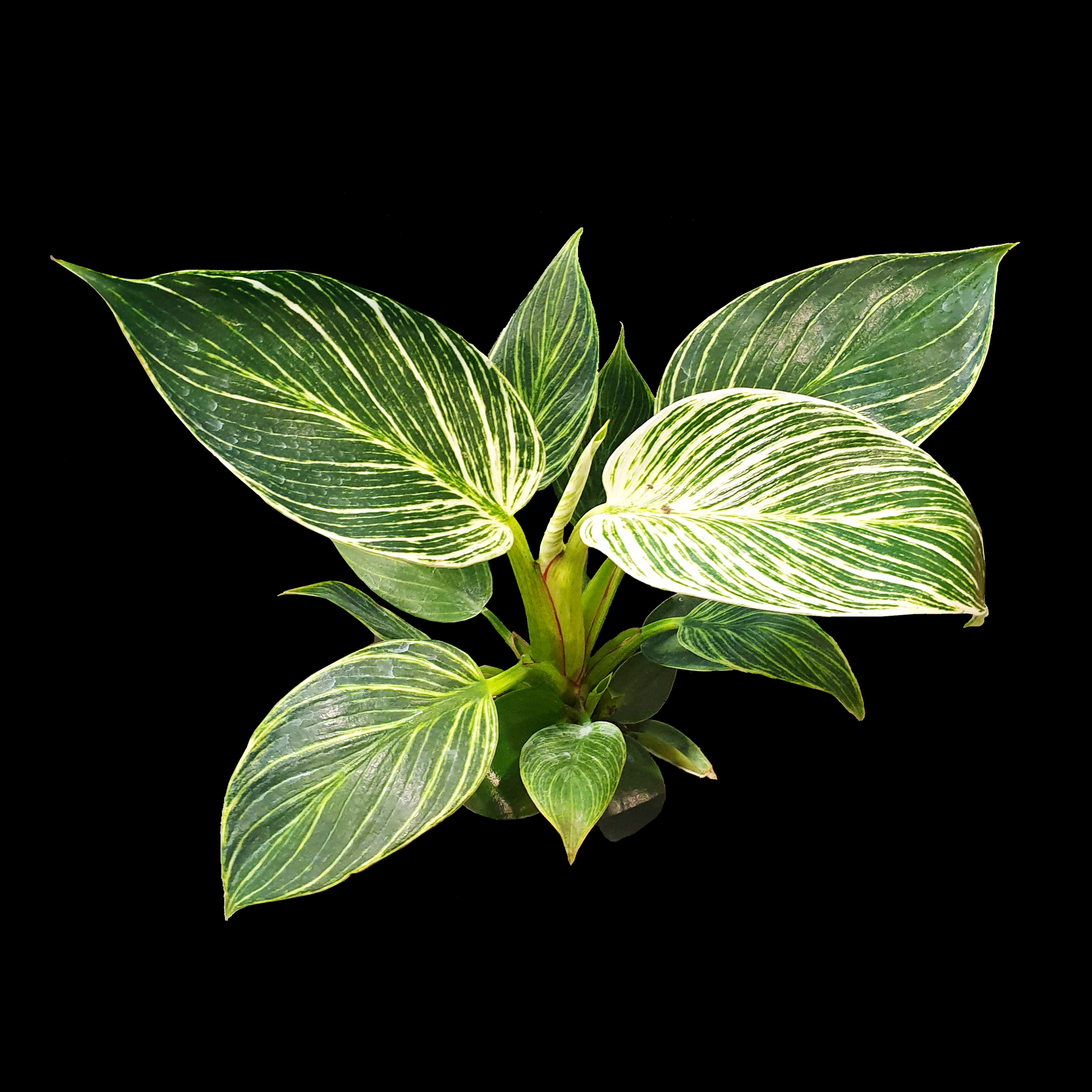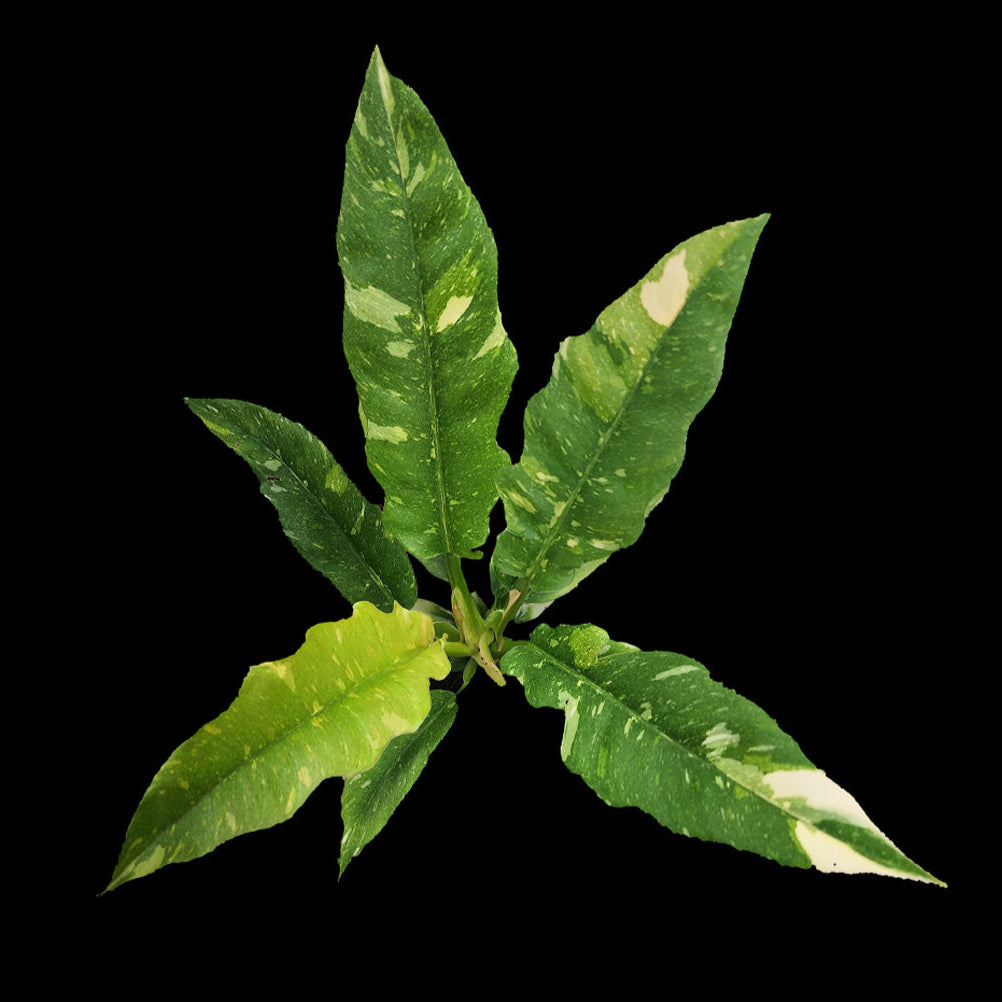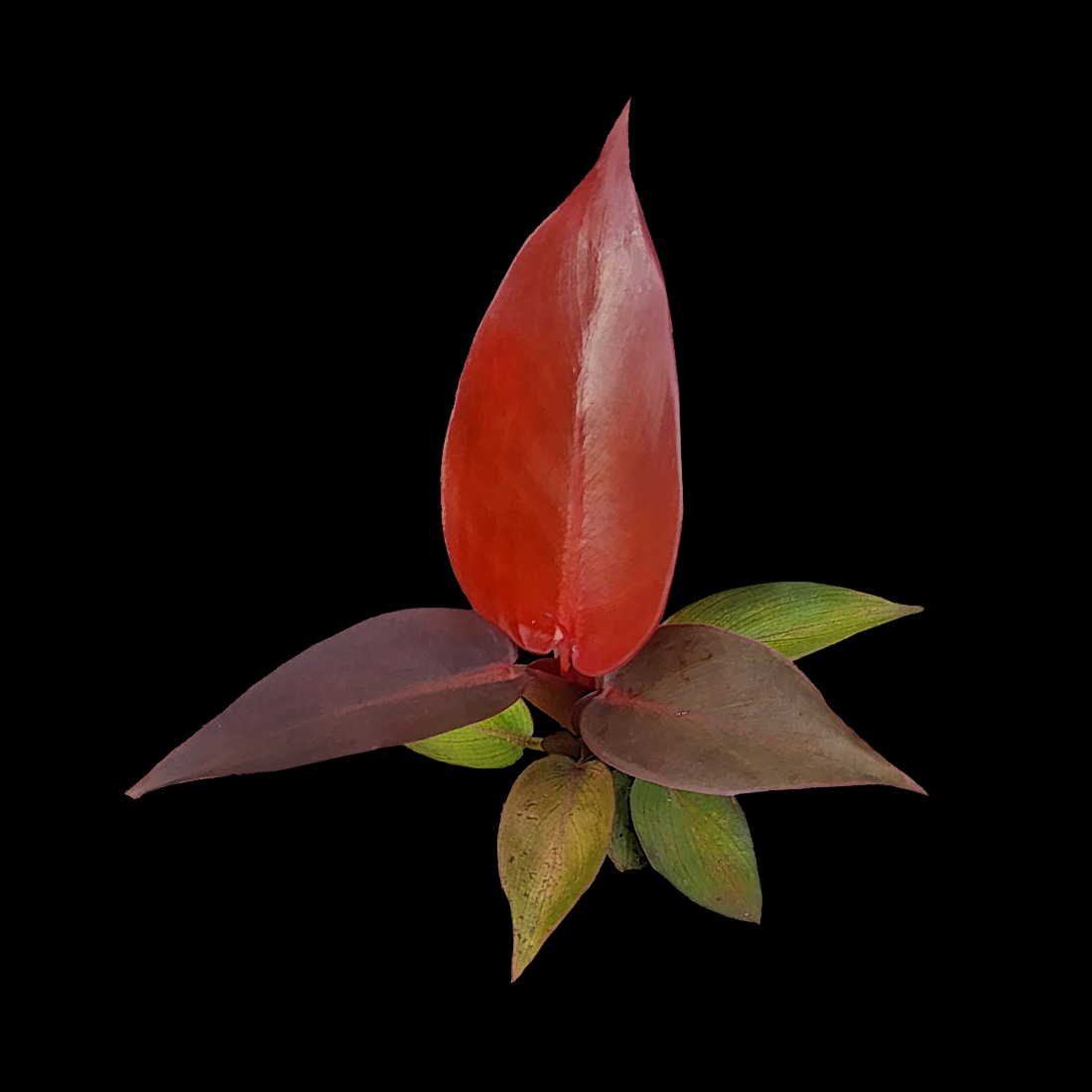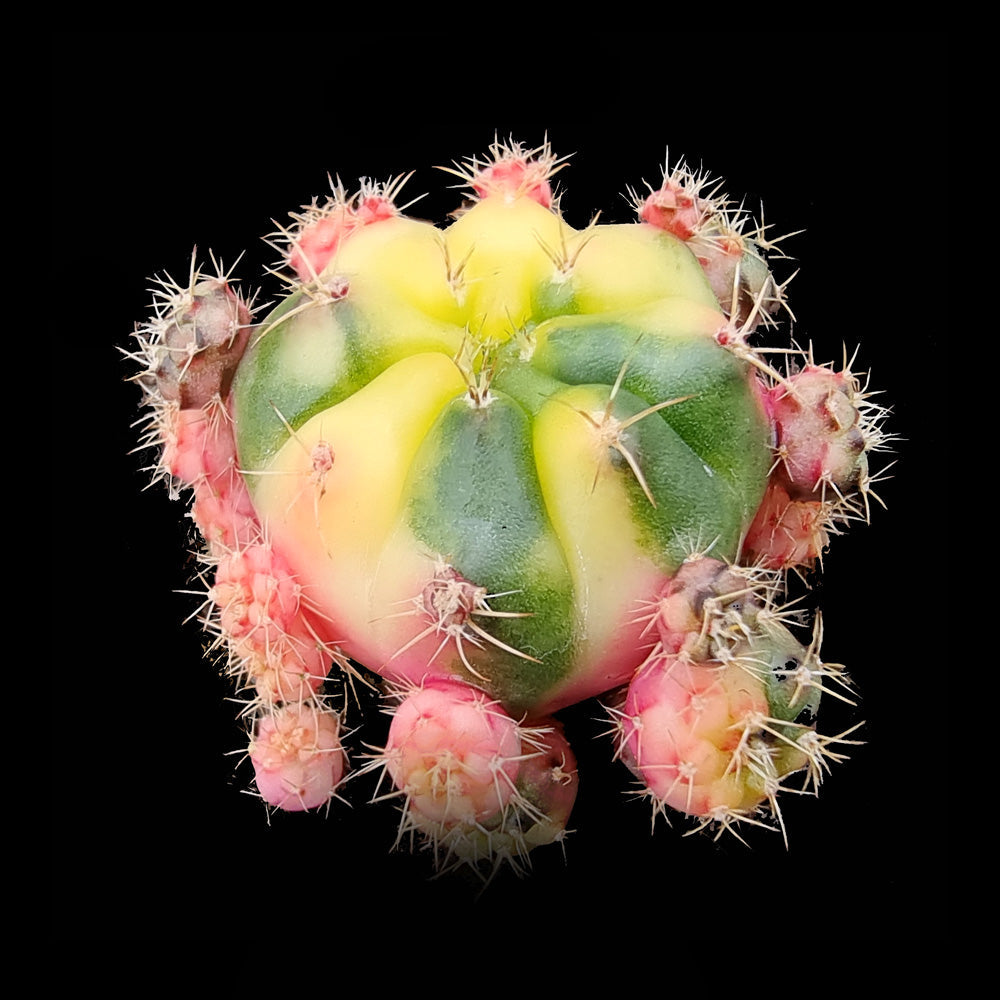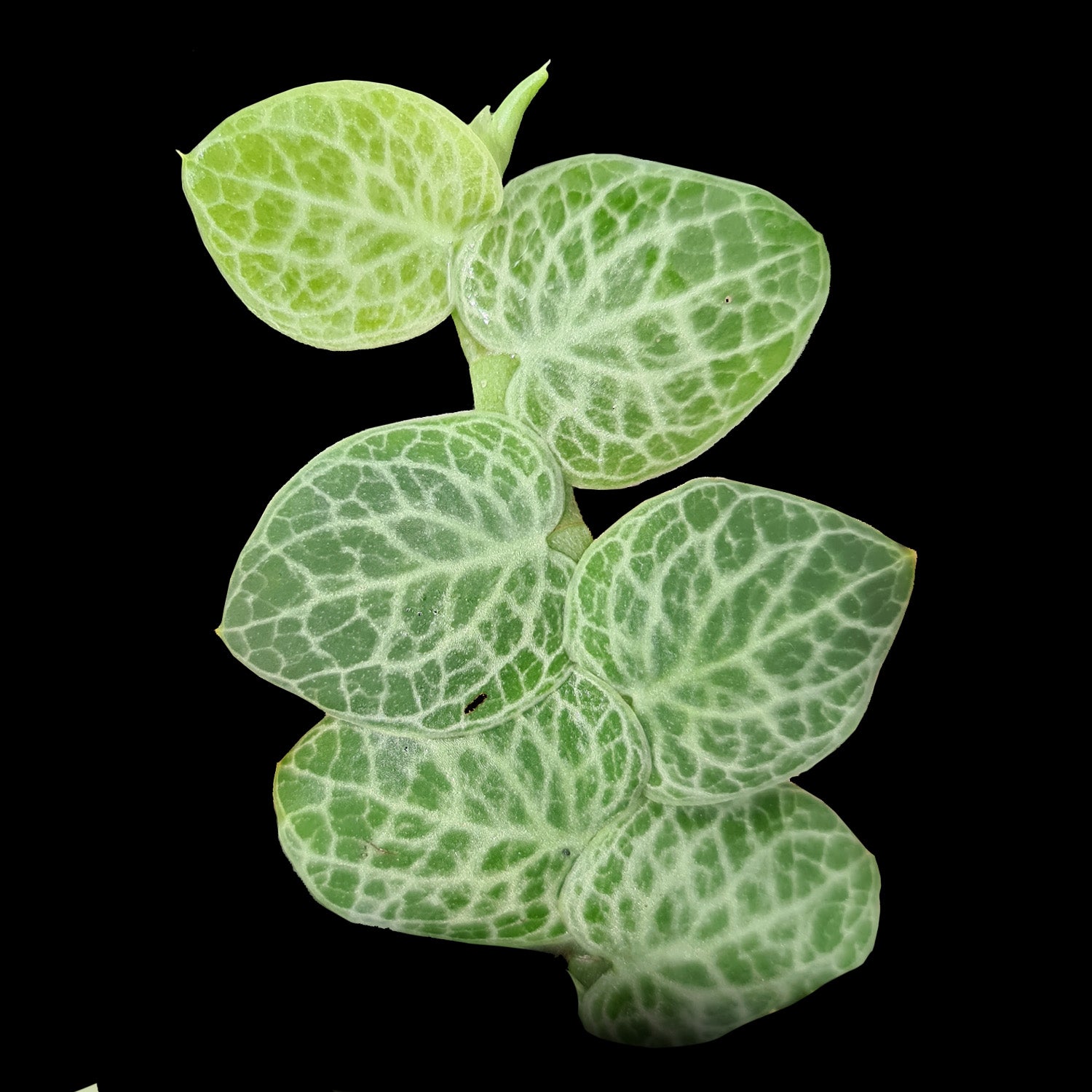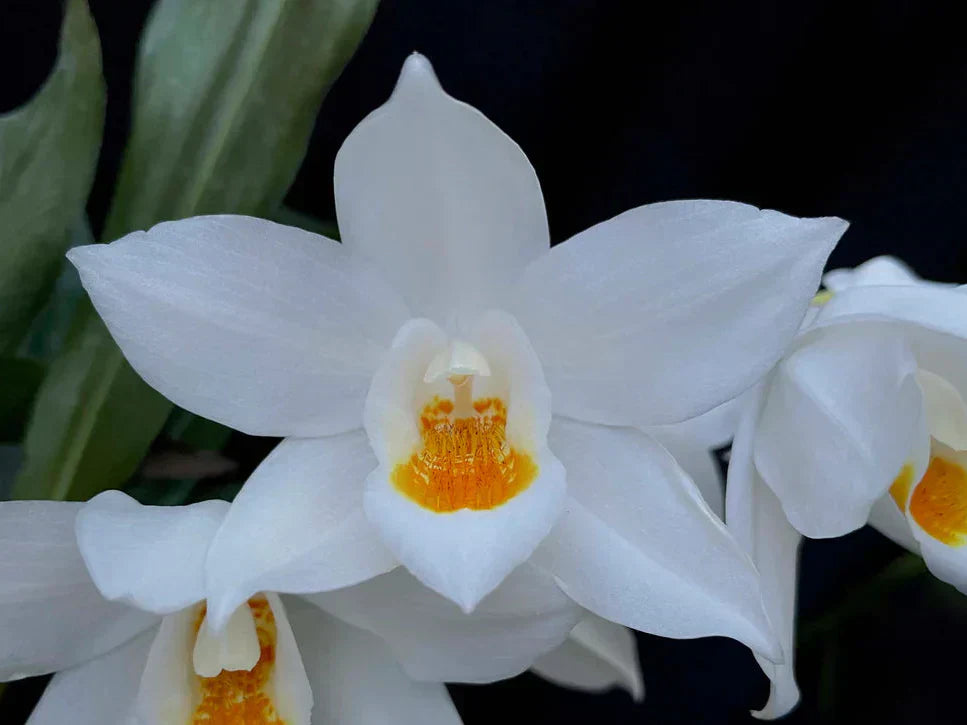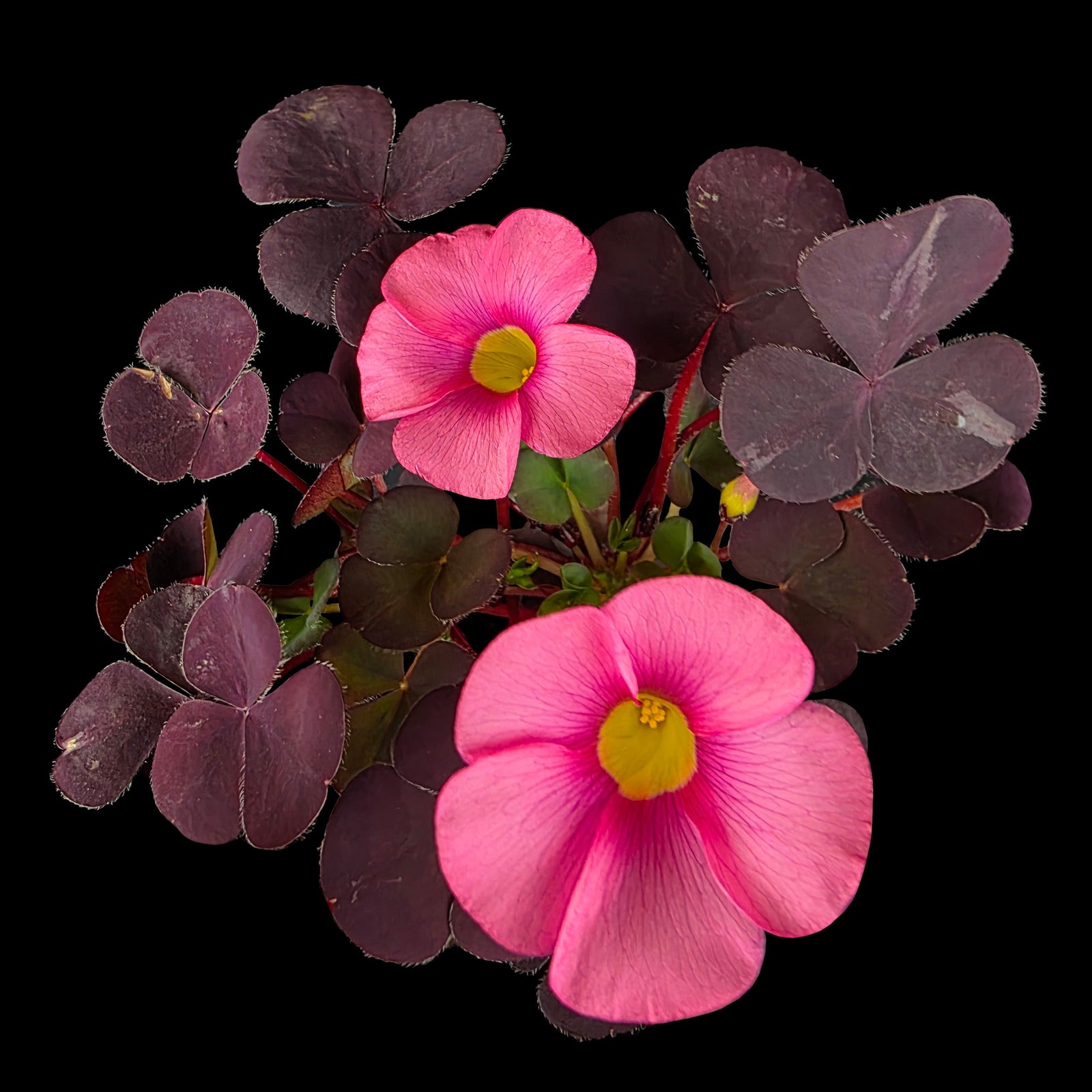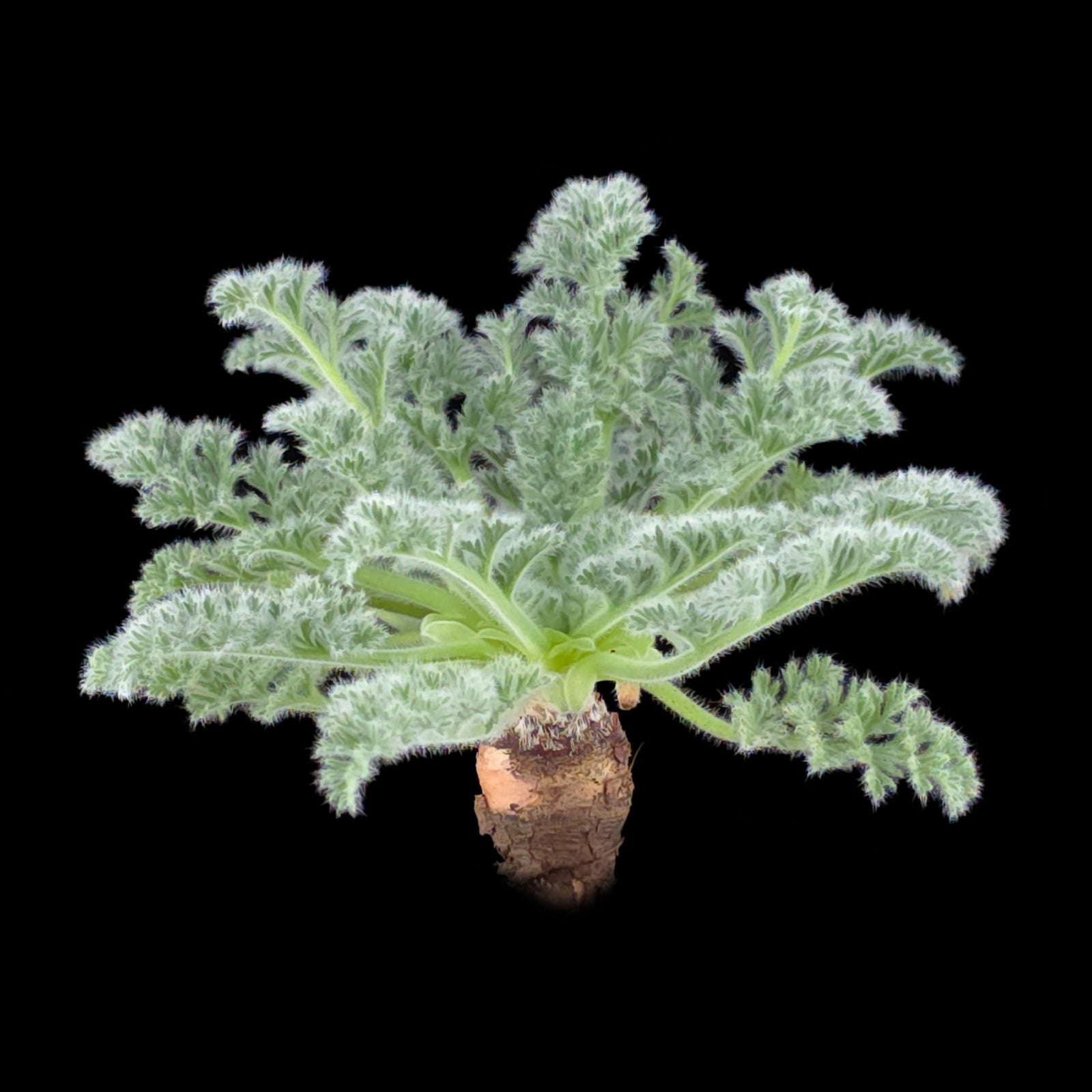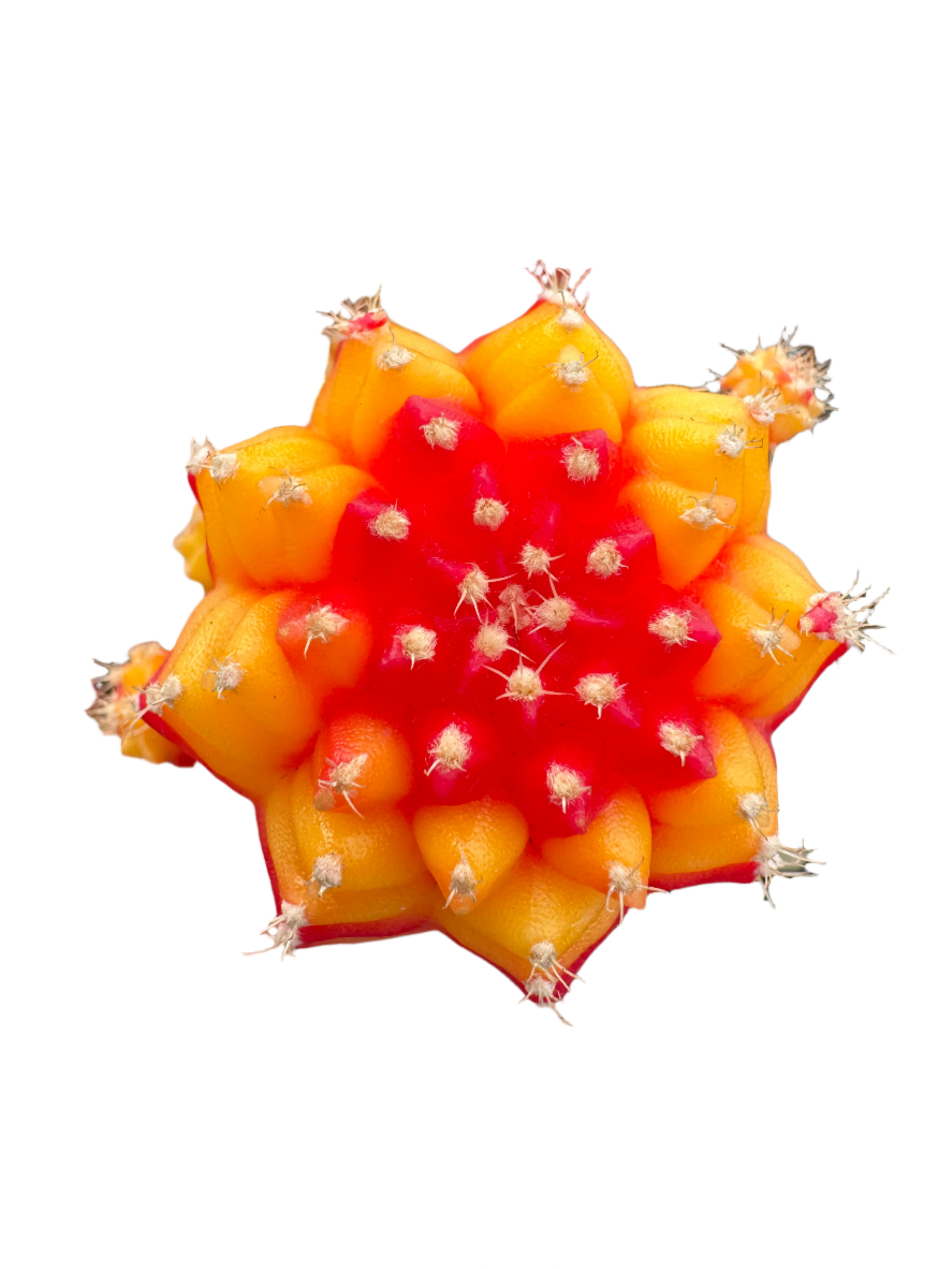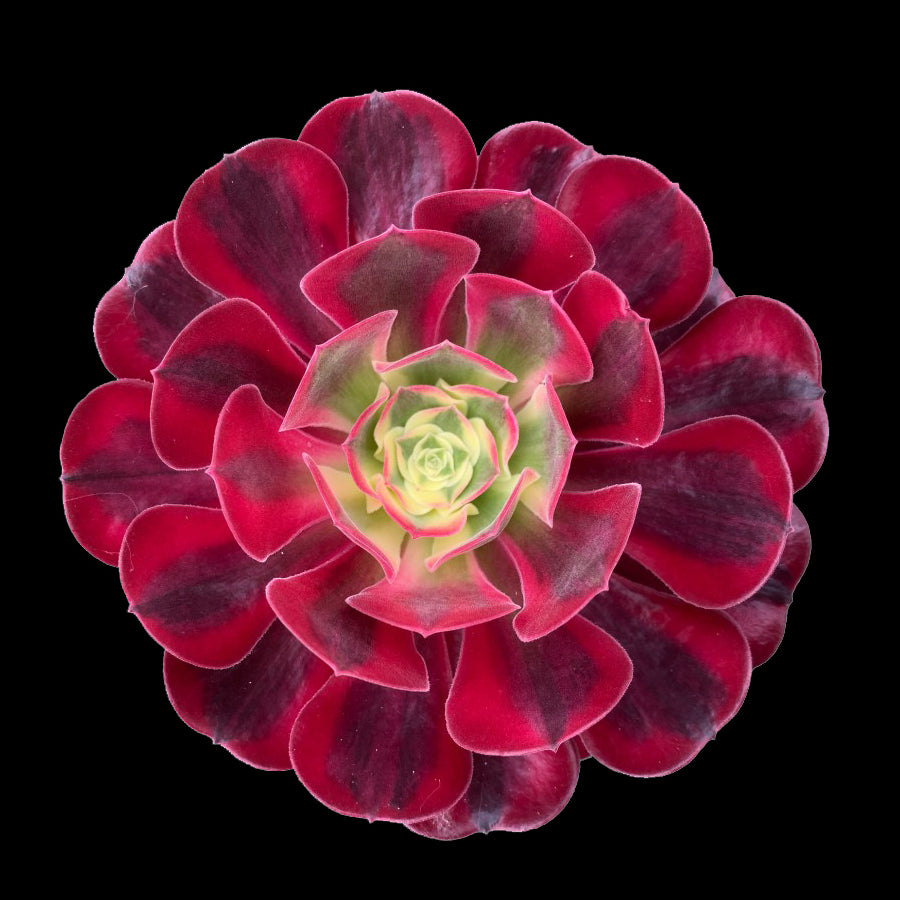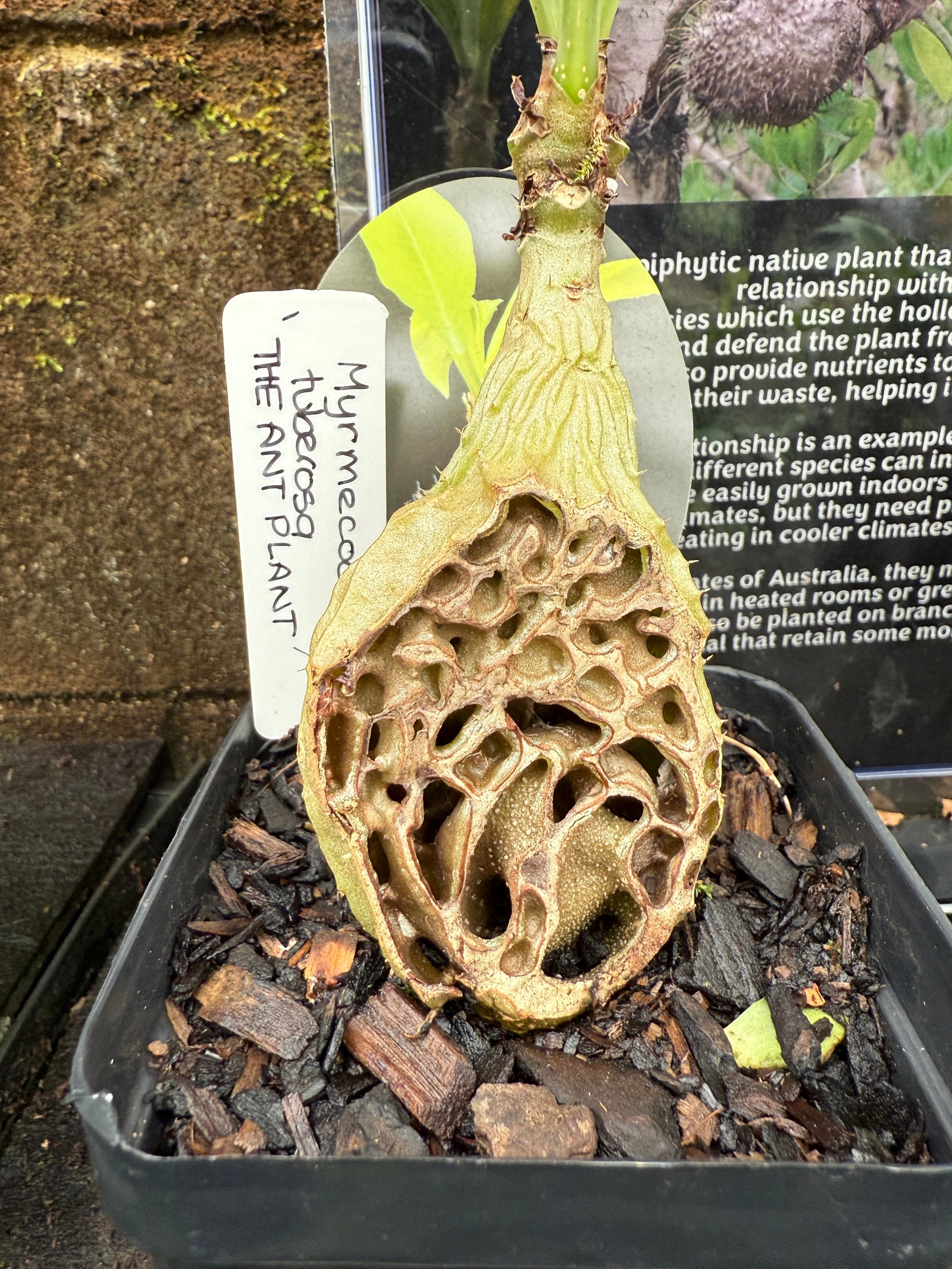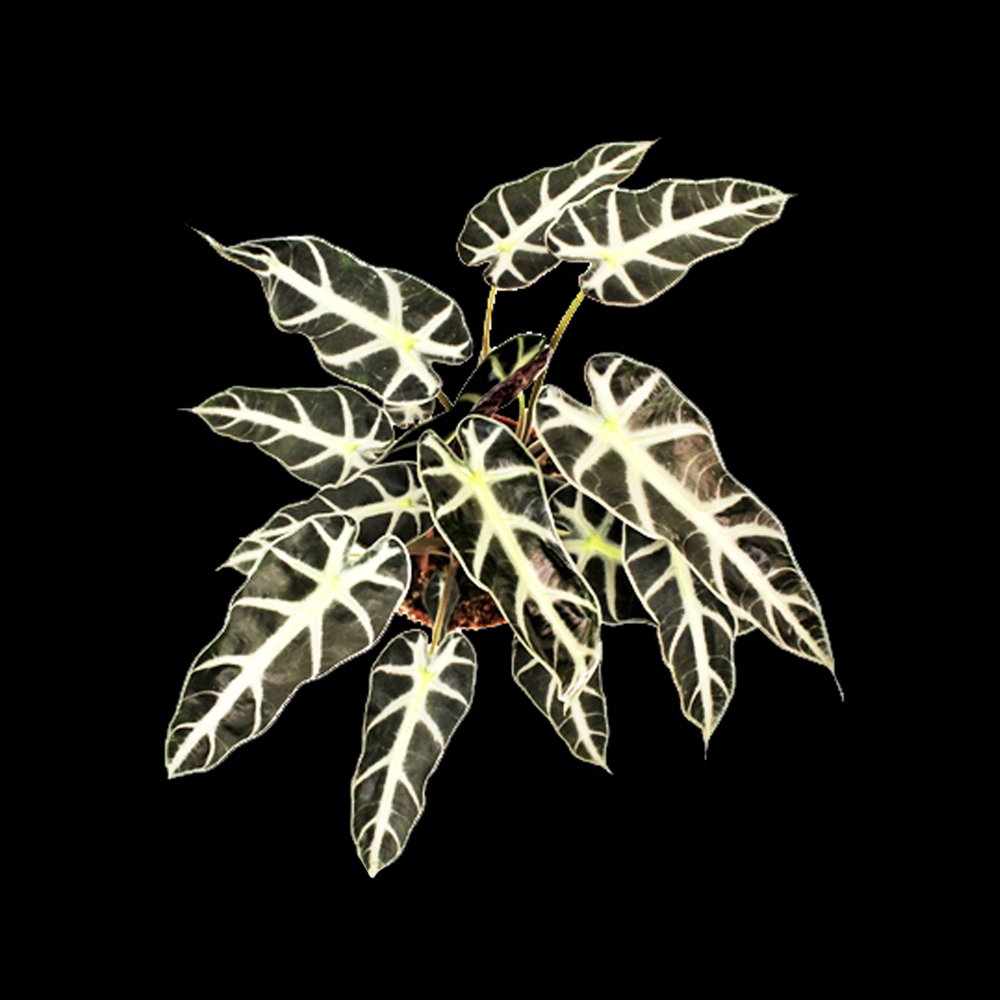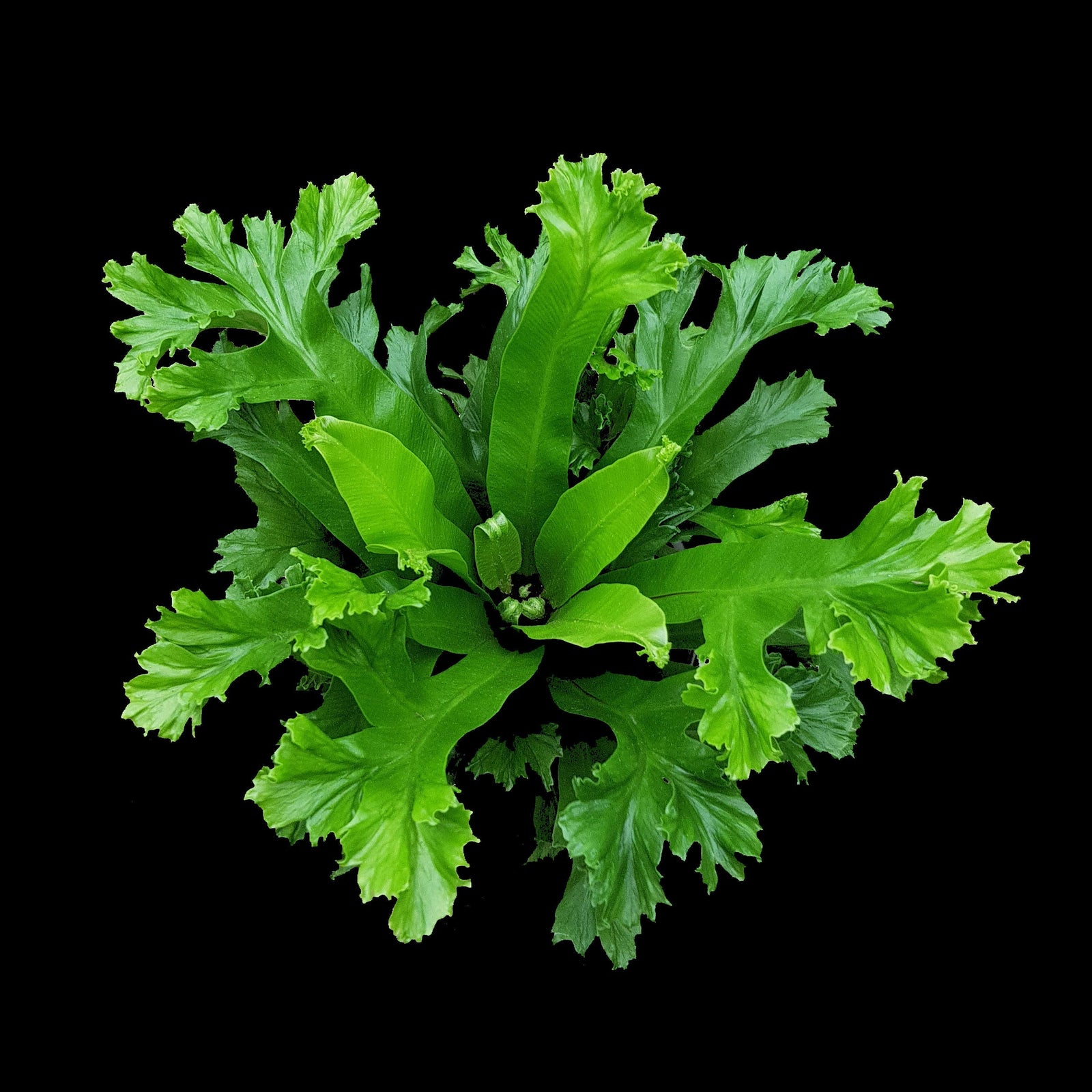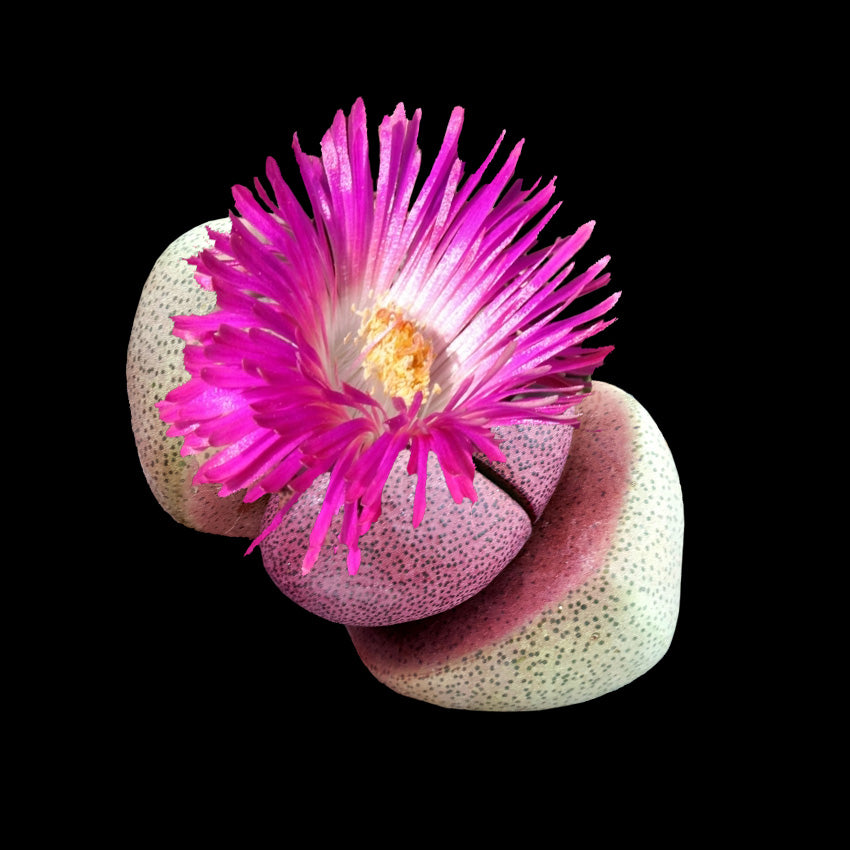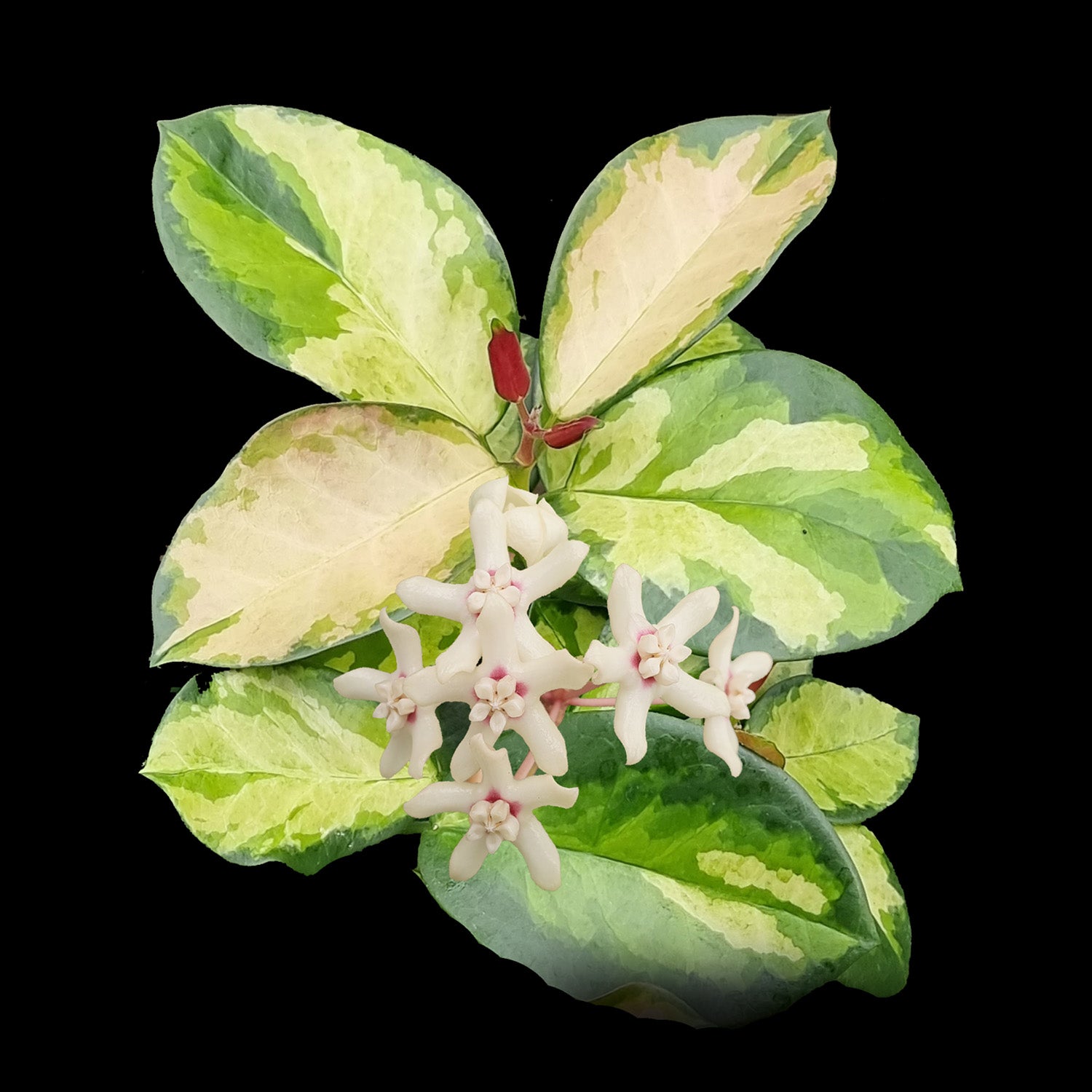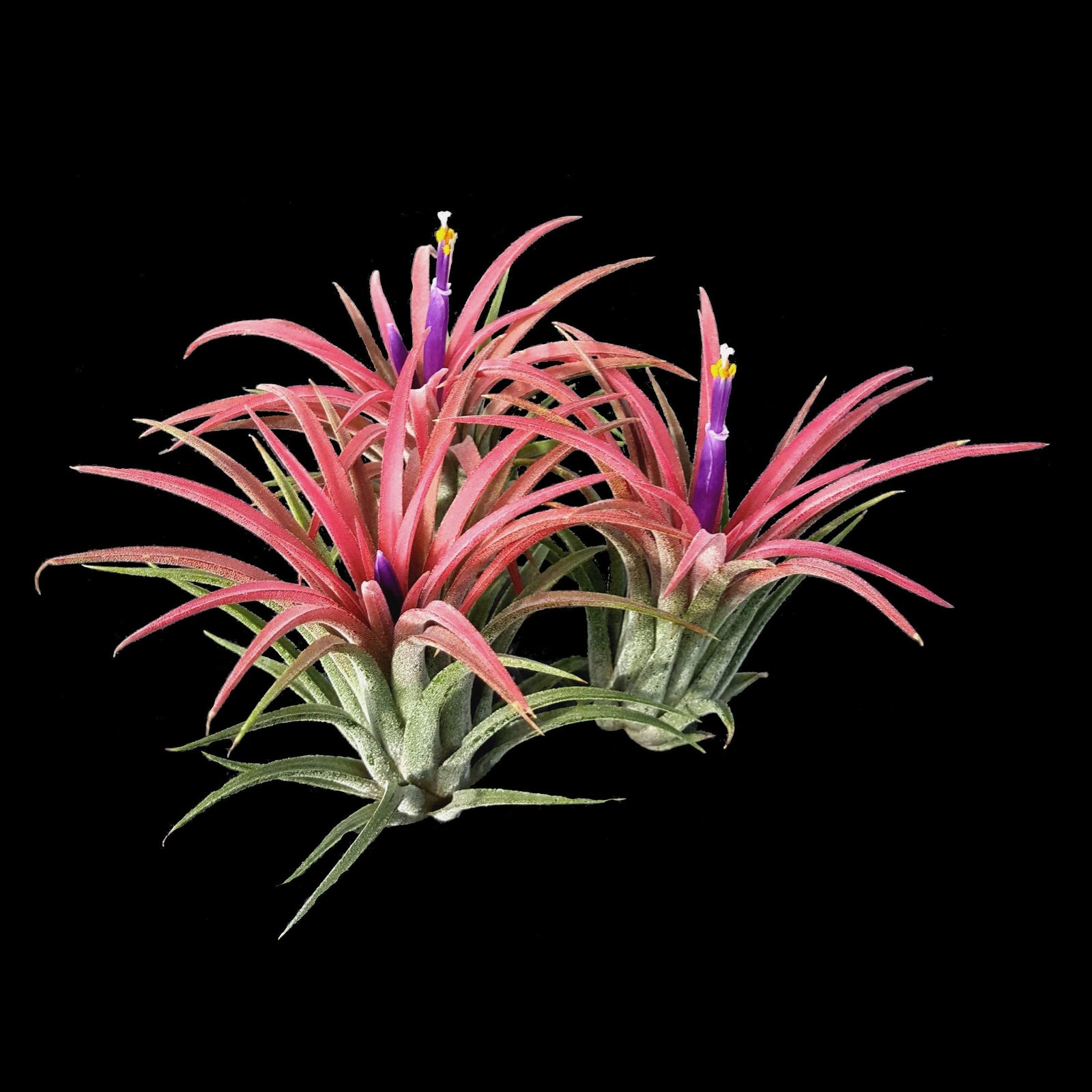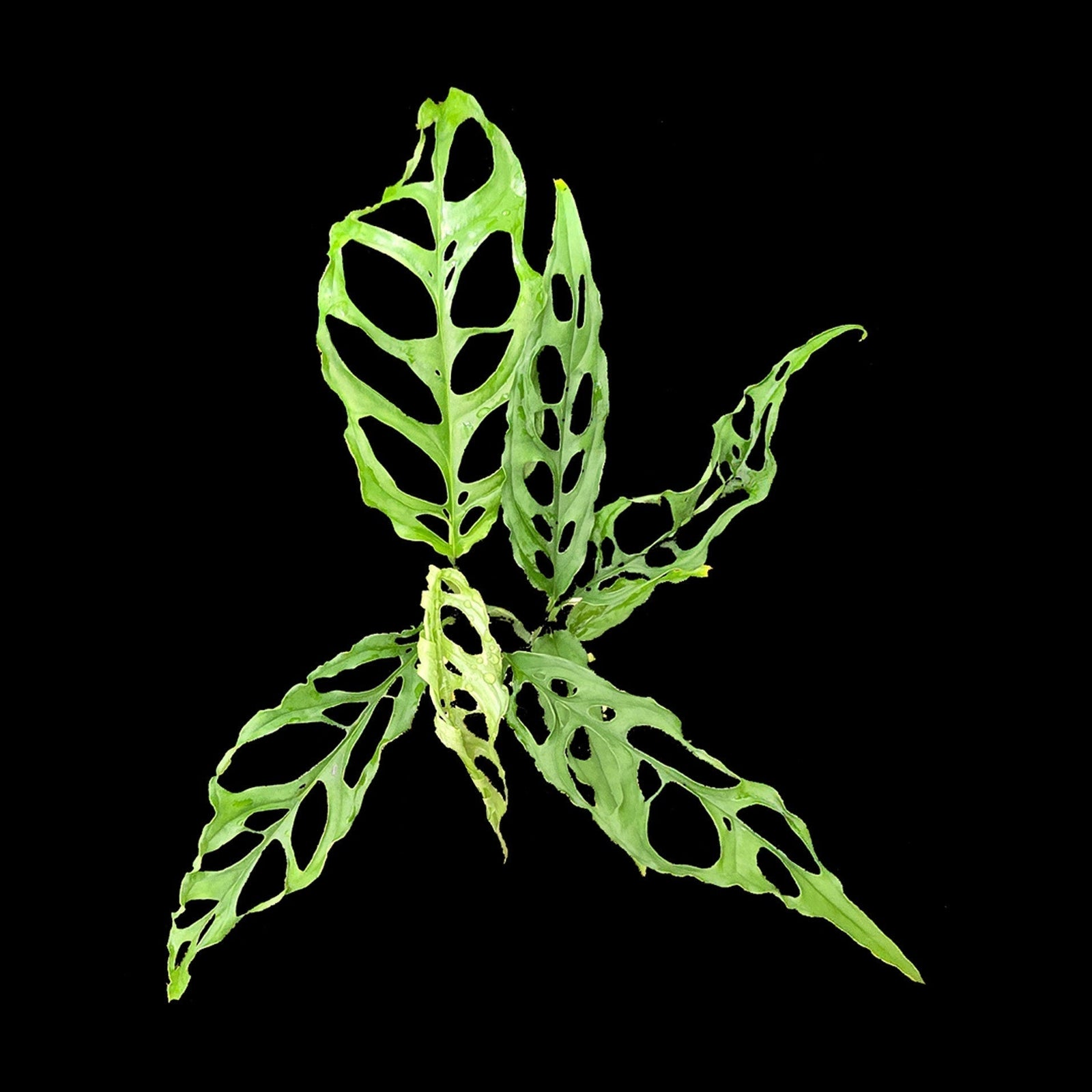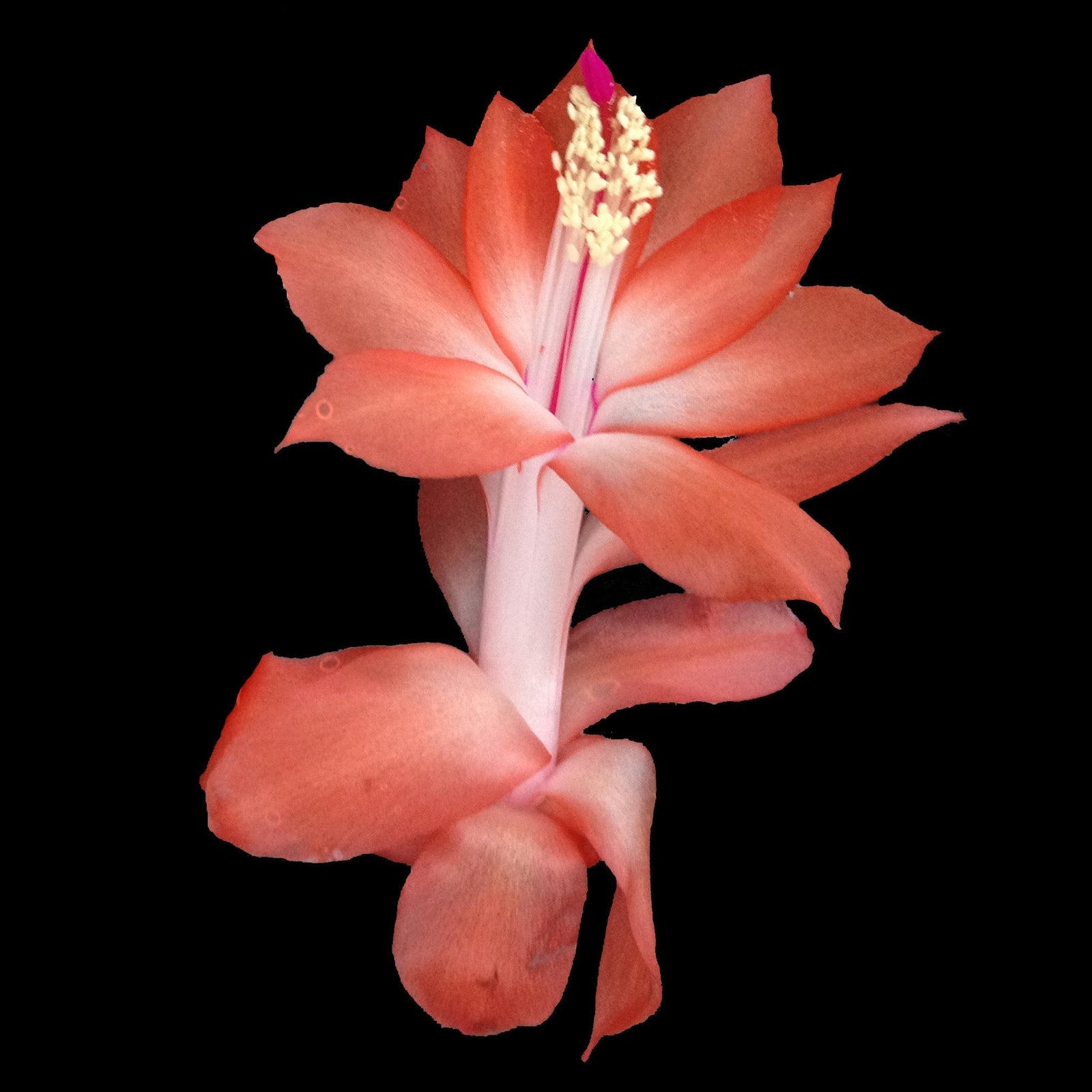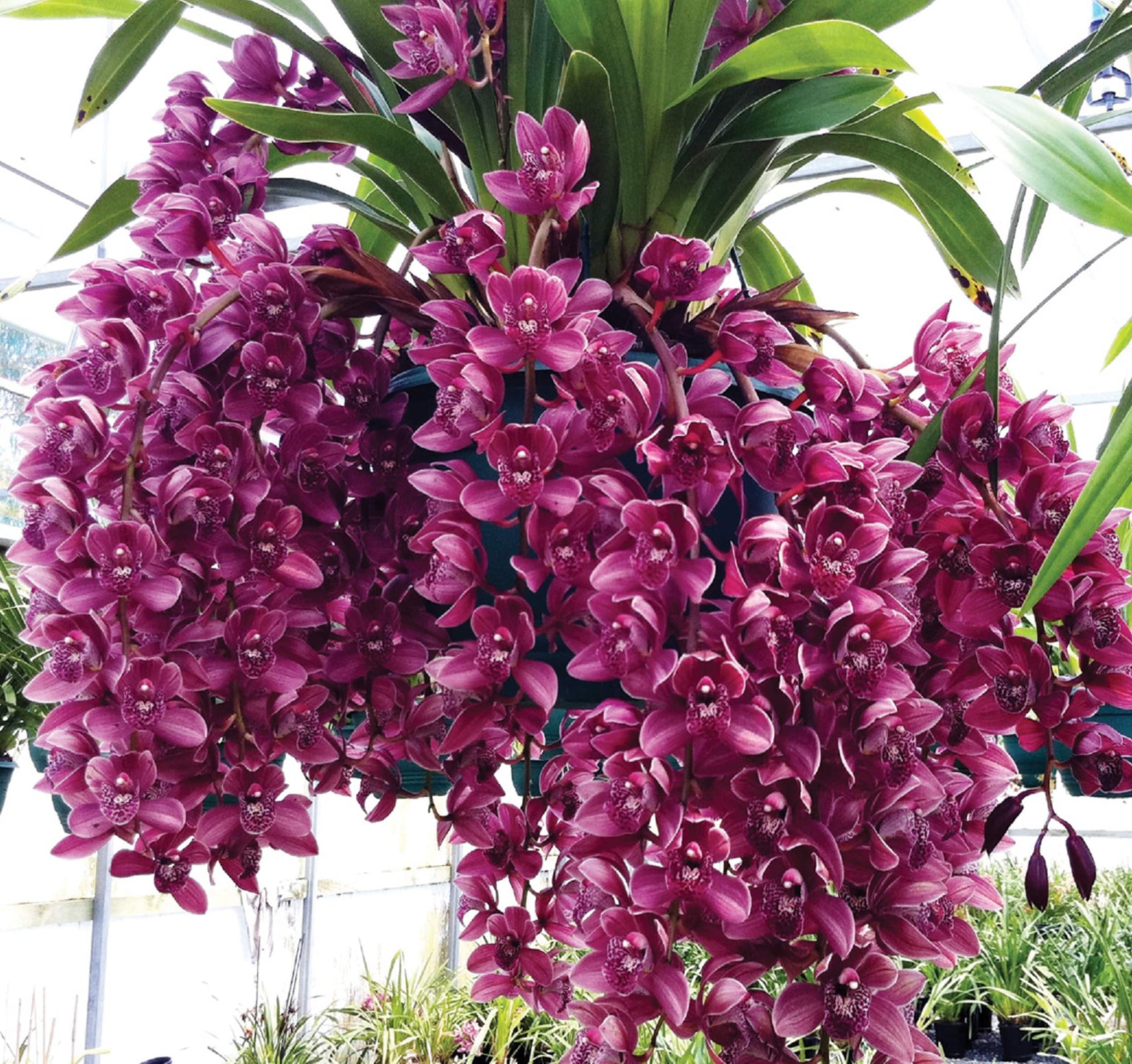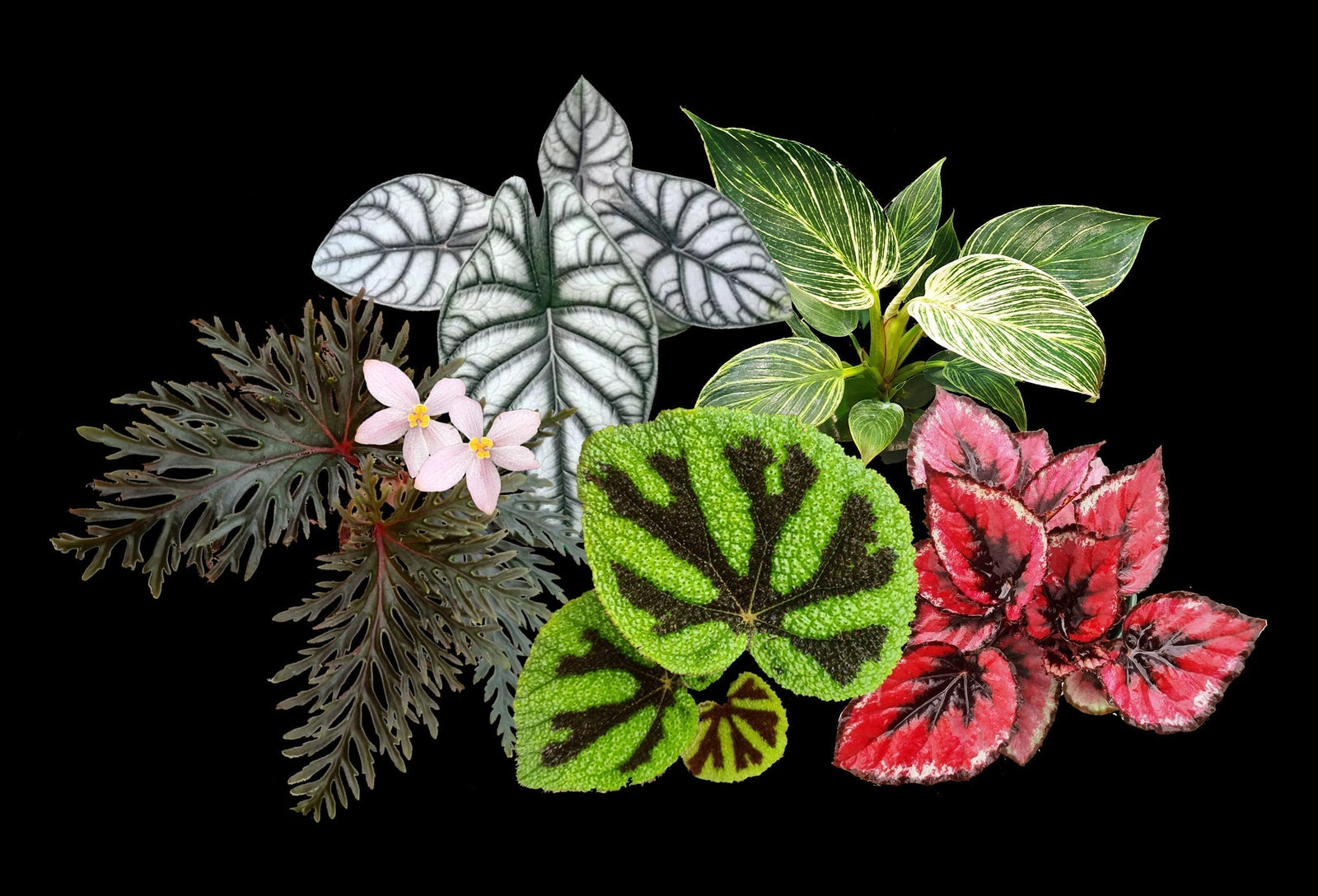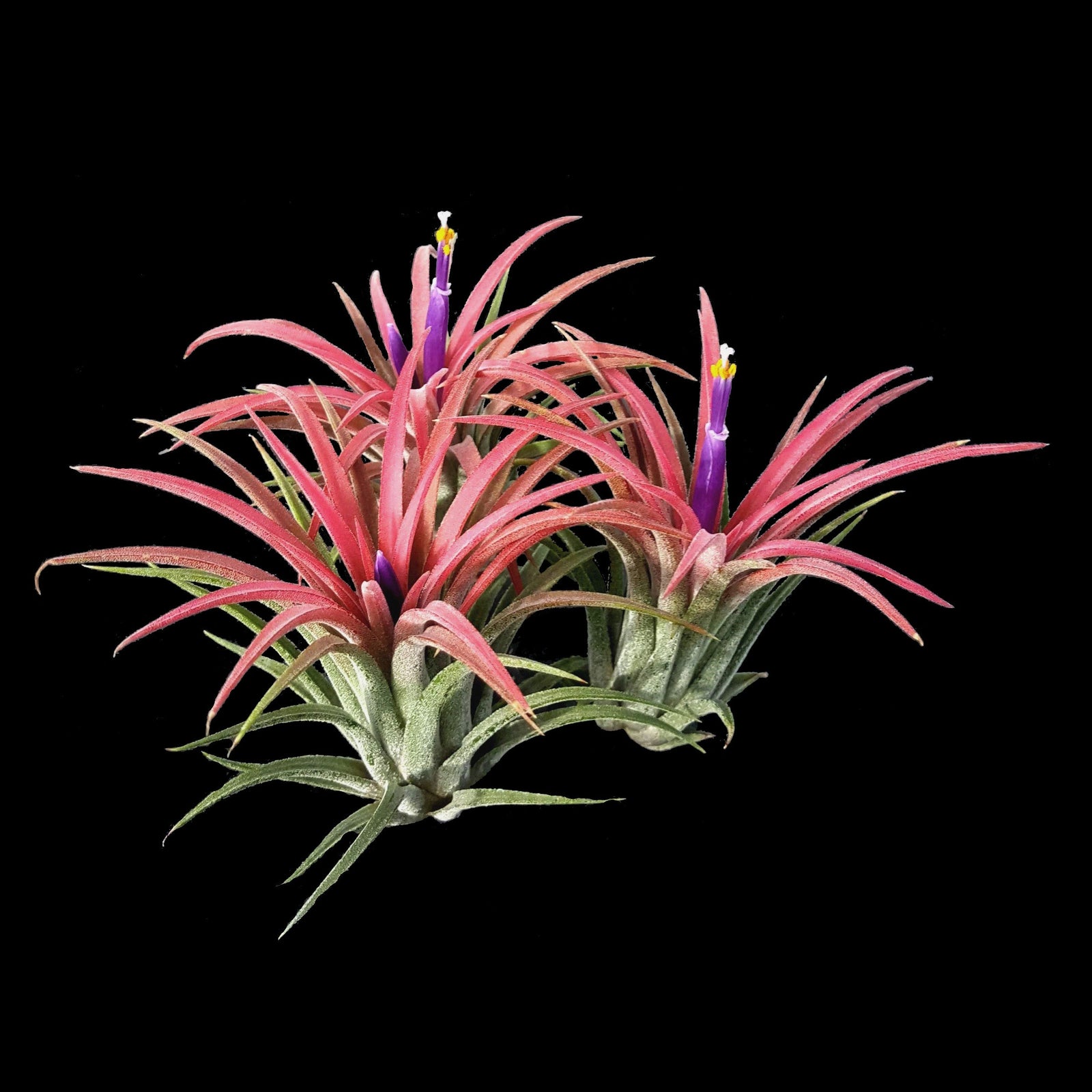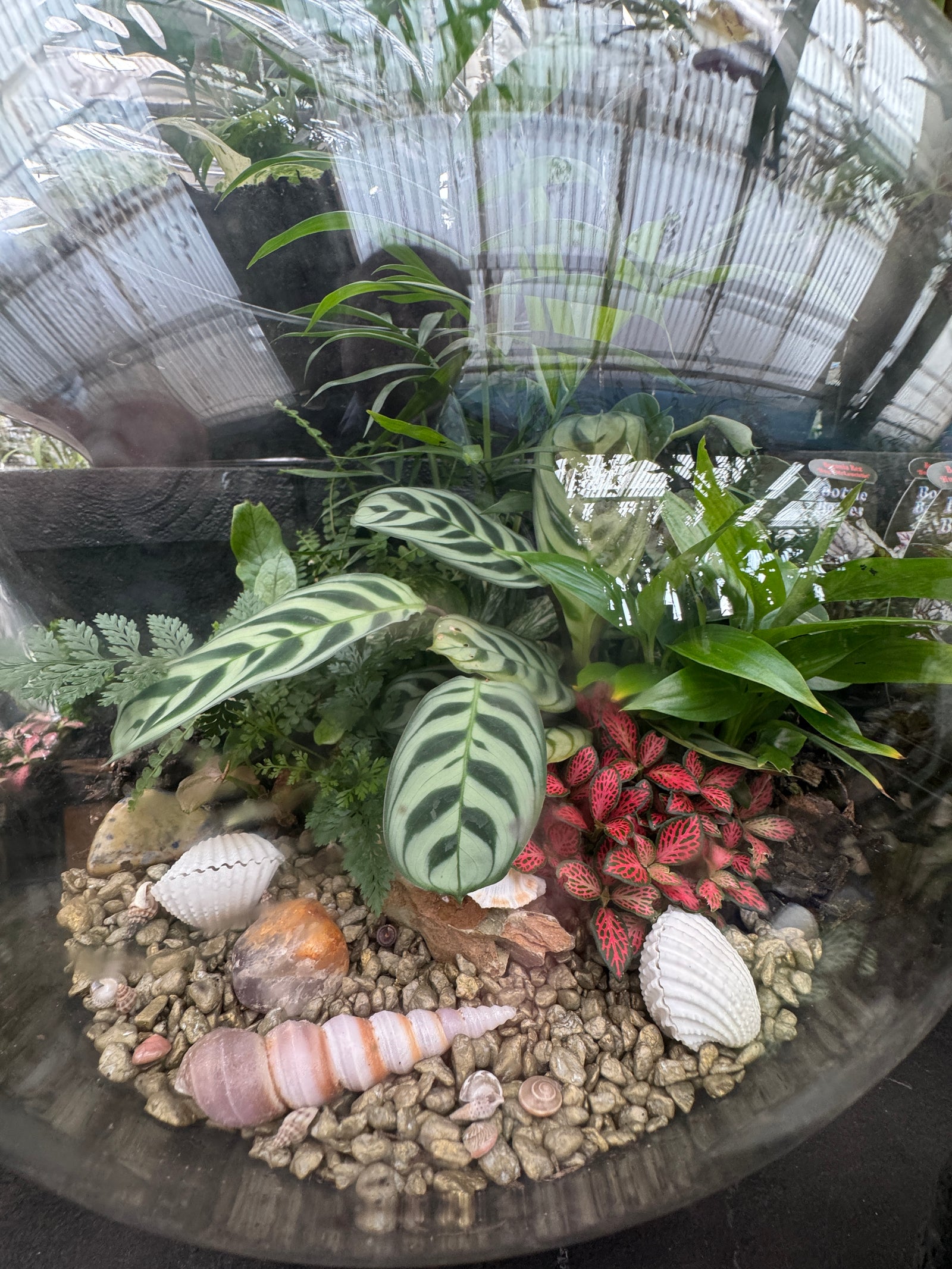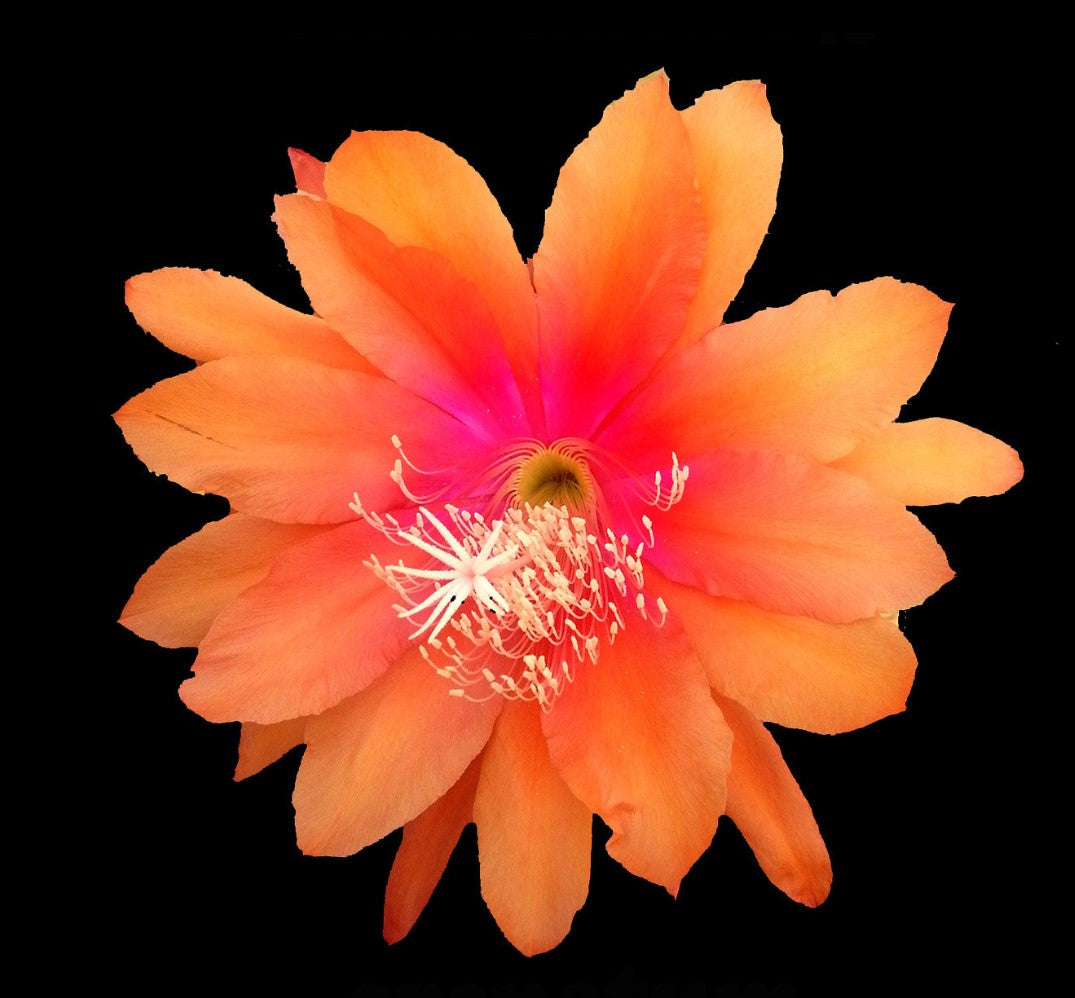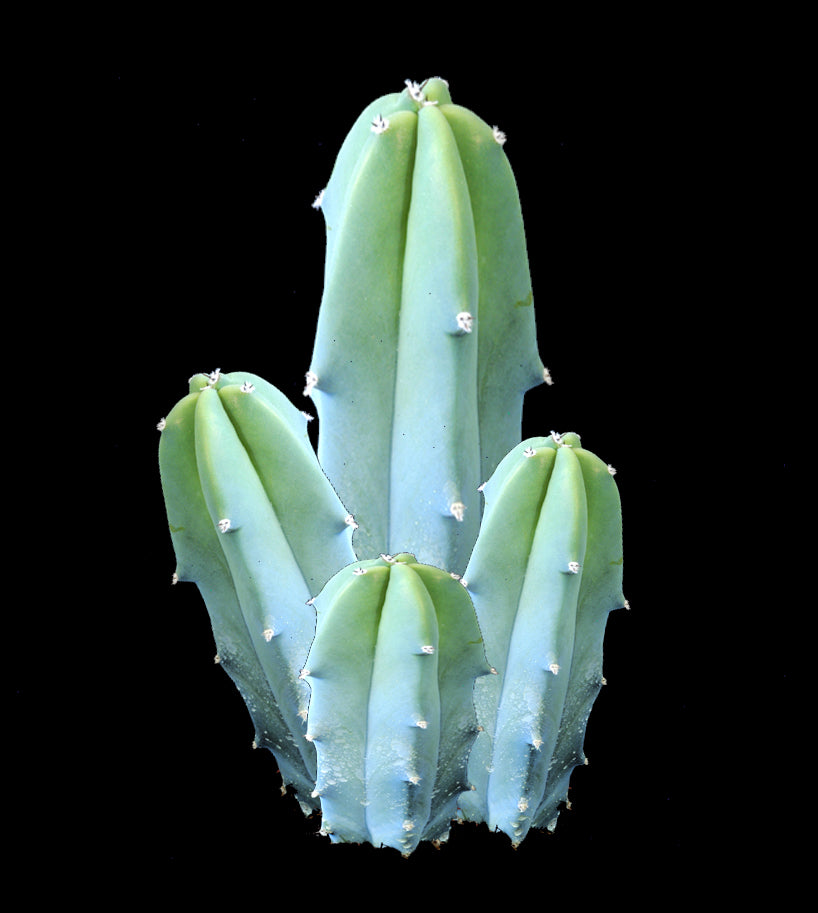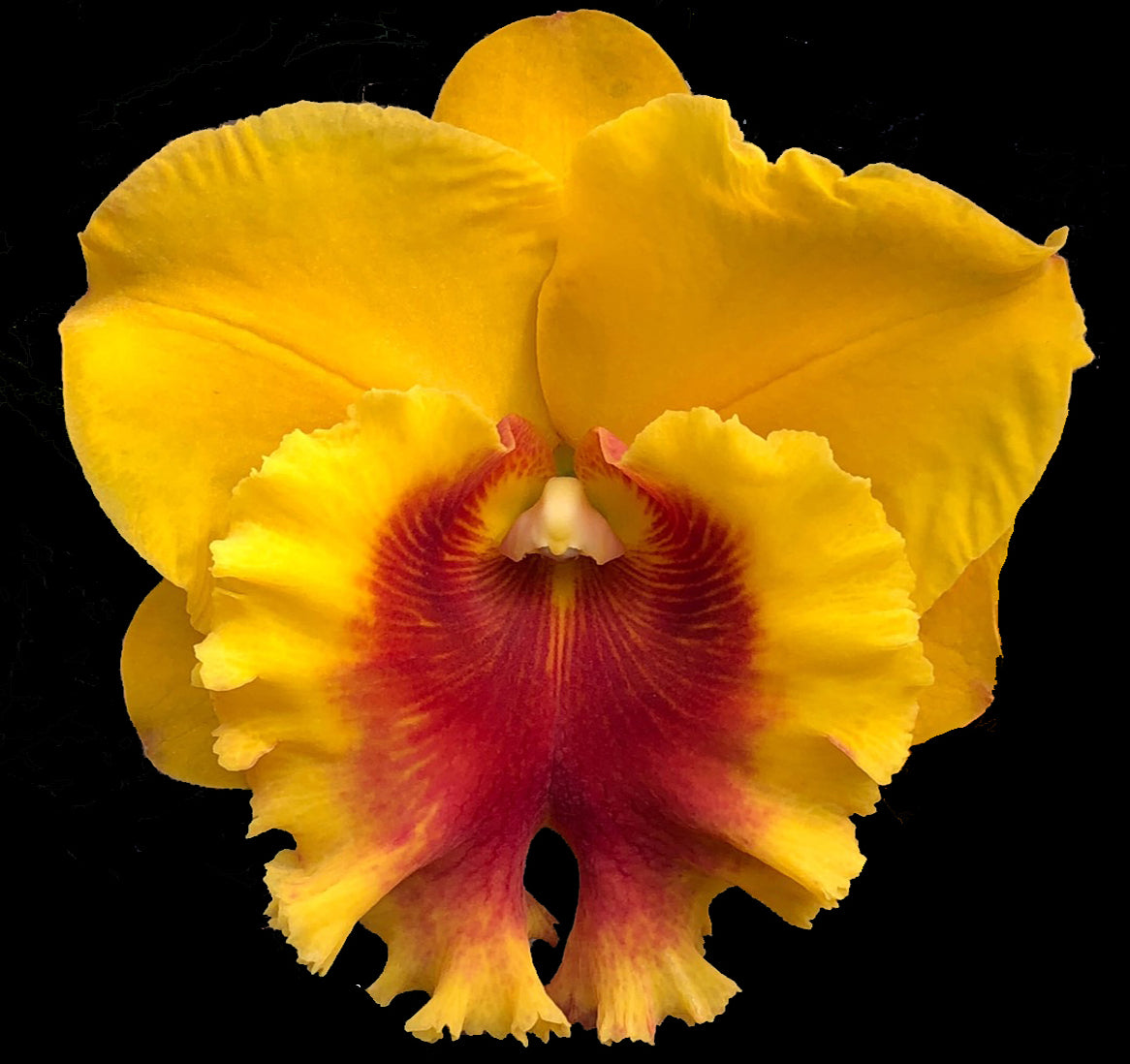Philodendrons: Your Complete Guide to Growing These Stunning & Easy-Care Houseplants
Discover the captivating world of Philodendrons! Whether you're a new plant parent or a seasoned collector, these diverse and relatively easy-going plants offer something truly special. Learn about their fascinating history, the differences between vining and self-heading types, and essential care tips to help your Philodendrons thrive.
Ah, Philodendrons! Just the name conjures images of verdant, tropical jungles and effortlessly stylish indoor spaces. Whether you're new to the plant parent game or a seasoned collector always on the hunt for your next leafy love, Philodendrons offer something truly special. With their diverse foliage, fascinating growth habits, and relatively easy-going nature, they're a fantastic addition to any home jungle. Today, we'll delve into the enchanting world of Philodendrons, exploring their different forms and how to help them thrive!
---A Little Bit of History and a Whole Lotta Love
Philodendrons belong to the Araceae family, a large and diverse group of flowering plants. Native to the tropical rainforests of Central and South America, their name literally means "tree-loving" in Greek, a nod to their vining nature in the wild. For centuries, these plants have thrived in humid, dappled light environments, and understanding their origins is key to replicating their ideal conditions in our homes.
Their popularity as houseplants has surged over the decades, and it's easy to see why. From the classic heart-shaped leaves to dramatically lobed foliage, Philodendrons bring a touch of the exotic indoors, purifying our air and adding a vibrant splash of green to our lives.
---Two Paths, Endless Beauty: Vining vs. Self-Heading Philodendrons
One of the first things you'll notice when exploring the world of Philodendrons is their diverse growth habits. Let's break down the two main categories:
The Graceful Climbers: Vining Philodendrons
Imagine lush vines cascading from a shelf or elegantly climbing a moss pole – that's the magic of vining Philodendrons! These beauties possess long, flexible stems and often develop aerial roots that help them cling to surfaces in their natural habitat.
- Philodendron hederaceum 'Brasil': (As seen on Philodendron hederaceum 'Brasil' - The quintessential easy-care vine! 'Brasil' is a charming cultivar of the classic Heartleaf Philodendron, boasting vibrant green leaves splashed with streaks of yellow and lime. It's incredibly forgiving and perfect for beginners, thriving in hanging baskets or trailing from shelves.
- Philodendron hastatum 'Silver Sword': (As seen on Philodendron hastatum 'Silver Sword' - Prepare to be captivated by the metallic sheen of the 'Silver Sword'! Its arrow-shaped leaves display a stunning silvery-blue to silvery-green hue. This vining Philodendron loves to climb and will reward you with increasingly impressive foliage as it matures with support.
- Philodendron brandtianum: (As seen on Philodendron brandtianum – With its beautifully patterned, heart-shaped leaves featuring silvery markings, Philodendron brandtianum, often called the "Silver Leaf Philodendron," adds a touch of understated elegance to any collection. It enjoys climbing and will unfurl its unique foliage as it grows.
- Philodendron gloriosum: (As seen on Philodendron gloriosum – For those seeking a truly majestic vining experience, look no further than Philodendron gloriosum. Its velvety, heart-shaped leaves with prominent white veins are simply breathtaking. This is a prized plant for collectors and appreciates space to spread its glorious vines.
The Upright Statements: Self-Heading Philodendrons
In contrast, self-heading Philodendrons boast a more upright and often denser growth habit. They don't develop long, trailing vines but instead produce a stunning rosette or cluster of leaves from a central stem.
- Philodendron Birkin: (As seen on Philodendron Birkin – The 'Birkin' is a much-loved self-header with a unique and stylish flair. Its dark green leaves are adorned with striking, crisp white pinstripes, creating a truly eye-catching display. Each leaf can be slightly different, adding to its charm.
- Philodendron 'Ring of Fire': (As seen on Philodendron 'Ring of Fire' Prepare for a visual spectacle with the 'Ring of Fire'! This highly sought-after hybrid boasts incredibly diverse foliage, often displaying splashes and variegation in shades of green, yellow, orange, and even red. Its upright and somewhat sprawling nature makes it a true collector's gem (note the WA prohibition!).
- Philodendron 'Sun Red': (As seen on Philodendron 'Sun Red' – 'Sun Red' offers a dazzling display of fiery hues in its new growth, bringing warmth and vibrancy to your indoor garden. Its self-heading habit ensures a full and impressive plant.
Nurturing Your Philodendron: Essential Care Tips
No matter which type of Philodendron has captured your heart, providing the right care will ensure it thrives and brings you joy for years to come.
- Light: Philodendrons generally prefer bright, indirect light. Think of the dappled sunlight filtering through the rainforest canopy. Avoid direct sunlight, which can scorch their leaves. East or west-facing windows are often ideal. Observe your plant – if the leaves look pale or stretched, it might need more light. If they appear burnt or develop brown spots, it's likely getting too much direct sun.
- Water: Allow the top inch or two of soil to dry out between waterings. Overwatering is a common issue and can lead to root rot. When you do water, water thoroughly until water drains from the bottom of the pot. Adjust your watering schedule based on the season and your home's humidity levels.
- Humidity: As tropical natives, Philodendrons appreciate higher humidity levels. If your home air is dry (especially during winter with indoor heating), consider using a humidifier, placing your plant on a pebble tray filled with water, or grouping it with other plants to create a more humid microclimate.
- Soil: Use a well-draining potting mix. A mix containing peat moss, perlite, and bark will provide good aeration and drainage, which is crucial for preventing root rot.
- Temperature: Most Philodendrons thrive in average room temperatures between 18°C and 27°C (65°F and 80°F). Avoid placing them in drafty areas or near extreme temperature fluctuations.
- Fertilizing: During the active growing season (spring and summer), feed your Philodendron with a balanced liquid fertilizer diluted to half strength every 2-4 weeks. Reduce or stop fertilizing during the fall and winter months when growth slows down.
- Support (for Vining Types): Vining Philodendrons will benefit from support to encourage upward growth. Provide them with a moss pole, trellis, or even let them trail gracefully from a shelf or hanging basket.
- Pruning: Pruning can help maintain your Philodendron's shape, encourage bushier growth, and remove any yellow or damaged leaves. Don't be afraid to give your vining Philodendrons a trim if they get too long! You can even propagate the cuttings to create new plants.
A Philodendron for Everyone
From the beginner-friendly 'Brasil' to the collector's dream 'Ring of Fire', the world of Philodendrons is vast and exciting. Whether you're drawn to the elegant trails of a vining variety or the bold statement of a self-heading beauty, there's a Philodendron out there to perfectly complement your style and living space. So, embrace the lushness, enjoy the journey of nurturing these incredible plants, and watch your indoor jungle flourish! Happy growing!












